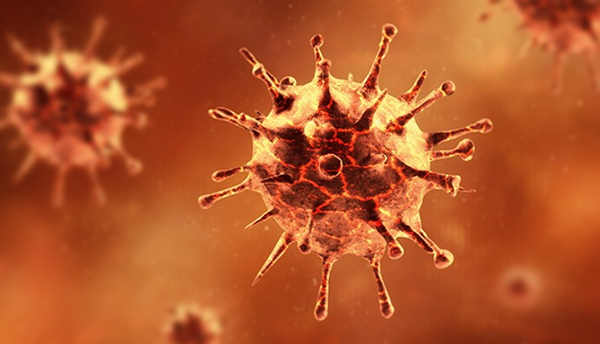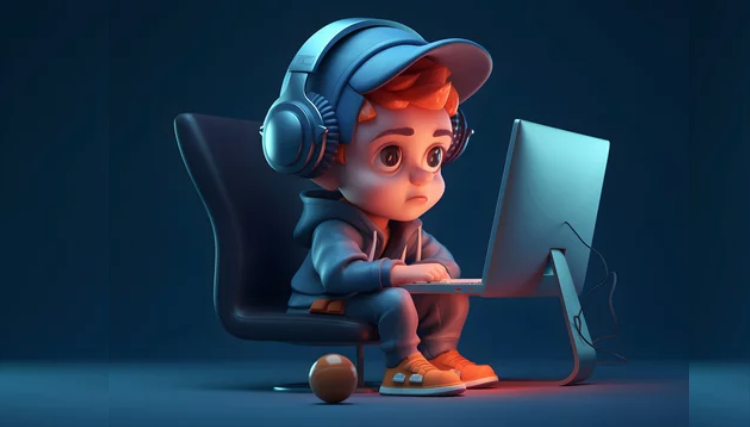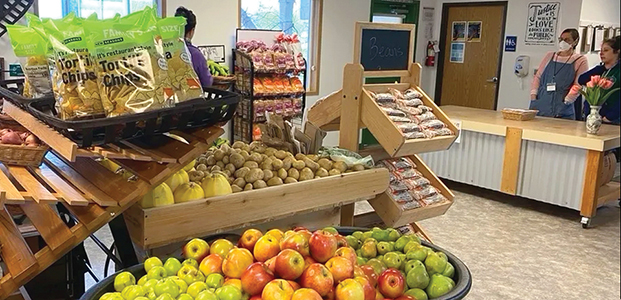||| FROM WASHINGTON POST |||
As many of us have been masking and social distancing for a year now, we haven’t been exposed to the usual mix of colds, stomach bugs, and the like. I haven’t had COVID (as far as I know) but I also haven’t had a cold in over a year. Will my immune system grow “lazy” or be unprepared for the usual challenges once we’re vaccinated and stop wearing masks? — Barbara in Massachusetts
Your sense that colds and other common infections appear to have declined during the pandemic is correct. Unsurprisingly, best-practices to halt coronavirus transmission — such as wearing masks, avoiding crowds and staying safe distances apart — also help to stop other respiratory pathogens from spreading.
Infectious-disease scientists who track those viruses have observed cases at record, or near-record, low levels.
“This is my 30th flu season,” Lynnette Brammer, leader of the Centers for Disease Control and Prevention’s Domestic Influenza Surveillance team, told The Washington Post in January. “I never would have expected to see flu activity this low.”
Are our immune systems becoming sluggards in the meantime? Not necessarily. Immune defenders called memory cells, certain T and B cells, form during an infection. Picture them as being like guard dogs trained to recognize a known prowler’s scent. Some types of immune memories fade after months, vanishing as subsets of those cells die off. But other immune memories can last much longer — on the scale of decades. People with the smallpox vaccine have been found to have protective T cells 70 years after immunization, for instance. (Exactly how a population of microscopic guard dogs persists for so long is not totally known.)
The trouble with colds, though, as this New York Times article notes, is that hundreds of different viruses cause them. Your cells could be vigilant as ever against one cold germ, but it does not mean they will recognize the next. And what is likely to change post-pandemic is a big uptick in exposure risks.
With the resumption of behaviors that permit common viruses to spread comes concern about new outbreaks. This has already happened overseas. Hong Kong, for instance, experienced a burst in colds when children returned to schools in October and November. The authors of a recent study describing those infections noted that the overall population may have become increasingly susceptible to flu viruses and rhinoviruses. That’s “because persons were likely less exposed to the viruses when intense social distancing measures, including school dismissals, were implemented in response to the COVID-19 pandemic,” they wrote. “This would have increased transmission potential when schools resumed.”
One analogy to this is a forest fire, as Bryan Grenfell, a Princeton University epidemiologist and population biologist, told The Post: “For the fire to spread, it needs to have unburned wood. For epidemics to spread, they require people who haven’t previously been infected. So if people don’t get infected this year by these viruses, they likely will at some point later on.”








